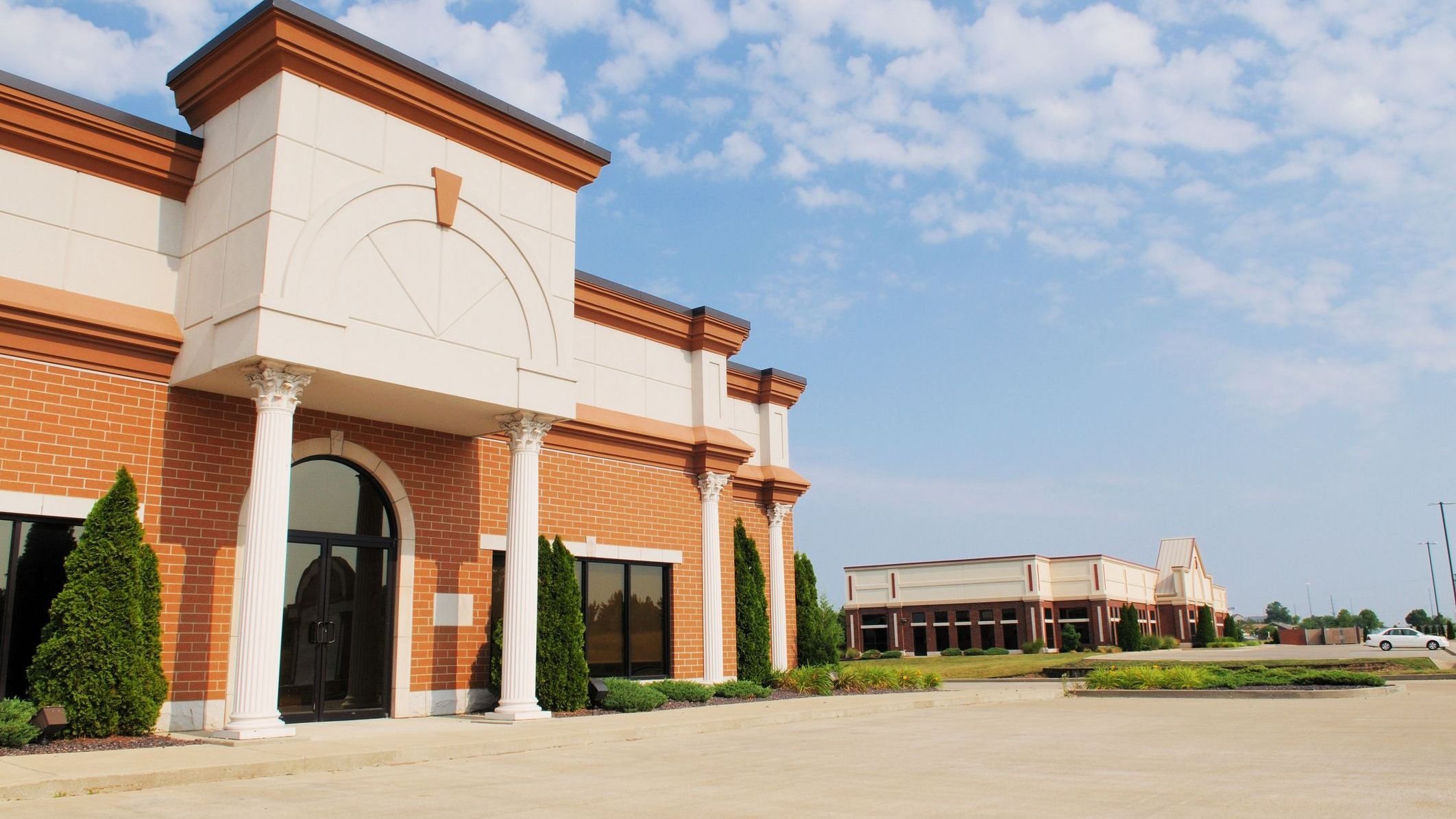
Many investors today have shifted their focus not only on financial returns but also on the broader impact of their investment strategies. That said, environmental, social, and governance (ESG) factors are increasingly influencing investment decisions for some. For those seeking to align ESG goals with real estate holdings, one potential avenue includes the use of 1031 exchanges.
How might like-kind exchanges contribute to ESG-aligned investment approaches? This guide from Realized 1031 explores where these two areas intersect and outlines considerations for incorporating ESG principles into exchange strategies.
Recap of 1031 Exchange Investing
A 1031 exchange allows investors to defer capital gains taxes by reinvesting proceeds from the sale of a relinquished property into a like-kind replacement property, subject to specific IRS rules. This tax-deferral mechanism can help preserve equity within the transaction.
Nevertheless, some investors pursue 1031 exchanges not only for the tax treatment but also for access to different asset types or structures, such as Delaware Statutory Trusts (DSTs), or to diversify into new markets.
What Is the ESG Movement?
The ESG movement refers to an investment approach that incorporates environmental, social, and governance factors into decision-making processes. ESG investing serves as a framework for investors seeking to evaluate assets and follow practices that are both financially sound and aligned with their values concerning environmental, social, and governance issues.
- Environmental: Investors may look for assets that highlight efficient energy use, reduced carbon footprint, and low overall environmental impact.
- Social: Assets that satisfy social objectives may contribute to affordable housing, equitable community development, or improved tenant well-being.
- Governance: This area focuses on investments with sound management practices, transparent accounting, and other factors concerning the governance of the company.
In real estate, ESG considerations are increasingly discussed due to the sector’s significant role in global energy use. For example, building operations are estimated to account for approximately 30% of global energy consumption. As a result, some investors explore ESG criteria in the real estate context to identify opportunities related to energy efficiency and sustainability practices.
1031 Exchange Opportunities in ESG Investing
How can 1031 exchanges support ESG-aligned investment objectives? Below are several approaches investors may consider:
Green Buildings as Replacement Property
One approach to incorporating ESG factors is acquiring a green building. These structures are LEED, ENERGY STAR, or WELL-certified thanks to certain components or integrations that allow them to reduce energy consumption. Some investors also view these certifications as indicators of potential operational efficiencies or enhancements to tenant experience.
Support for Community Development
You can also acquire replacement properties that, in some way, help support community development — examples are mixed-use buildings with affordable housing sections. Others may choose to invest in real estate that improves access to public infrastructures and services.
Governance and Transparency in Property Management
Investors can prioritize replacement properties operated by developers or REITs with a strong track record in governance practices, fair labor standards, and ethical compliance.
Long-Term Sustainability as a Risk Mitigation Strategy
- Some investors consider ESG-aligned real estate as part of a broader long-term risk management strategy. For instance, replacement properties that incorporate energy-efficient features or hold environmental certifications may be less exposed to certain regulatory or environmental risks. Additional factors that may be taken into account include:
- Compatibility with current or expected environmental regulations
- Market interest in properties with sustainability-focused features
- Physical attributes that may contribute to resilience in the face of environmental disruptions
Like-Kind ESG Investing: Potential Limitations
Unfortunately, pairing your ESG goals with a 1031 exchange is not always an easy task, and there are some challenges you may face along the way, such as the following.
- Lack of Defined ESG Standards: No universal standard defines which assets qualify as ESG-compliant. Certification systems exist, but investors must conduct thorough due diligence to ensure a property’s claims align with their sustainability goals.
- Few Structures Available: The availability of ESG-certified or ESG-oriented real estate remains limited relative to the broader market, which can narrow the selection of replacement properties.
- Return Optimization VS ESG Impact: Investors may need to weigh ESG priorities against return expectations. In some cases, pursuing certain ESG goals may affect projected income or asset performance, and this tradeoff may influence the investment decision.
Wrapping Up: 1031 Exchange ESG Investing
1031 exchanges weren’t created for ESG investing, but they can be used as a vehicle to support investors in pursuing sustainability and values-based goals. From investing in green buildings to structures that support social development, the like-kind exchange may offer a way to create meaningful change while still deferring capital gains taxes. The inventory may still be low, but as ESG metrics become more standardized in the future, we may see more options that help you achieve purpose-driven investing.
The tax and estate planning information offered by the advisor is general in nature. It is provided for informational purposes only and should not be construed as legal or tax advice. Always consult an attorney or tax professional regarding your specific legal or tax situation.
Article written by: Story Amplify. Story Amplify is a marketing agency that offers services such as copywriting across industries, including financial services, real estate investment services, and miscellaneous small businesses.
Sources:
https://www.americanbar.org/groups/real_property_trust_estate/resources/real-estate/1031-exchange/
https://www.investopedia.com/terms/e/environmental-social-and-governance-esg-criteria.asp



